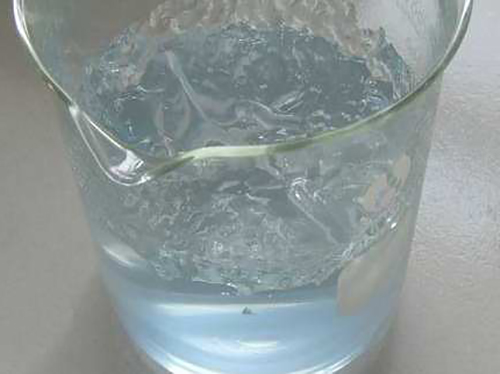hedp water treatment
HEDP in Water Treatment An Overview
Water treatment is a critical process in ensuring the safety and quality of water supplies for various applications, including municipal, industrial, and agricultural uses. Among the various chemicals used in water treatment, Hydroxyethylidene Diphosphonic Acid (HEDP) has garnered attention for its effectiveness in preventing scale formation and corrosion in water systems. This article explores the properties, applications, and benefits of HEDP in water treatment.
What is HEDP?
HEDP is a phosphonic acid compound known for its chelating properties. It is used widely in water treatment due to its ability to bind with metal ions, thus preventing the formation of insoluble scales that can disrupt system efficiency. HEDP has a chemical formula of C2H8O7P2, and its structure allows it to form stable complexes with various metal ions, such as calcium, magnesium, and barium.
Role in Water Treatment
1. Scale Inhibition One of the primary uses of HEDP in water treatment is to inhibit scale formation in cooling towers, boilers, and other water systems. Scale accumulation can significantly reduce the efficiency of heat exchangers and other equipment, leading to increased energy consumption and costs. HEDP effectively inhibits the precipitation of scale-forming minerals by interfering with their crystallization process.
2. Corrosion Control HEDP also plays a crucial role in corrosion prevention. Water systems can be susceptible to corrosion caused by acidic or aggressive water conditions. By forming a protective film on the metal surfaces, HEDP reduces the rate of corrosion, thereby prolonging the life of water treatment equipment and systems.
3. Biocide Enhancer While HEDP itself is not a biocide, it can enhance the effectiveness of biocides used in water treatment systems. By chelating metal ions that may otherwise deactivate biocides, HEDP can improve the overall efficacy of microbial control measures, ensuring a more hygienic water supply.
hedp water treatment

Advantages of Using HEDP
1. Environmental Compatibility HEDP is considered environmentally friendly compared to many traditional water treatment chemicals. It is biodegradable and does not pose significant risks to aquatic life, making it a suitable choice for sustainable water management.
2. Versatility HEDP can be used in a variety of water treatment applications, including municipal water systems, industrial cooling systems, reverse osmosis systems, and more. Its effectiveness across different conditions and types of water makes it a versatile component of many treatment programs.
3. Ease of Use HEDP can be easily incorporated into existing water treatment processes. It is typically available in liquid form and can be dosed directly into water systems with automated dosing equipment, ensuring consistent and accurate application.
Conclusion
In conclusion, HEDP is an invaluable compound in water treatment due to its scale inhibition, corrosion control properties, and compatibility with biocides. As water quality and sustainability become increasingly important in today's world, the demand for effective and environmentally friendly treatment solutions continues to grow. HEDP stands out as a reliable option for tackling common water treatment challenges.
Utilizing HEDP not only enhances the efficiency and longevity of treatment systems but also aligns with global efforts towards sustainable water management. As we move forward, ongoing research and development may further enhance the applications of HEDP and similar compounds, paving the way for innovative water treatment solutions that are both effective and environmentally responsible.
By adopting such technologies and strategies, industries and municipalities can ensure the provision of safe, clean water while safeguarding the environment for future generations.
-
lk-319-special-scale-and-corrosion-inhibitor-for-steel-plants-advanced-solutions-for-industrial-water-systemsNewsAug.22,2025
-
flocculant-water-treatment-essential-chemical-solutions-for-purification-processesNewsAug.22,2025
-
isothiazolinones-versatile-microbial-control-agents-for-industrial-and-consumer-applicationsNewsAug.22,2025
-
scale-inhibitor-key-solutions-for-water-system-scale-preventionNewsAug.22,2025
-
organophosphonates-versatile-scale-inhibitors-for-industrial-water-systemsNewsAug.22,2025
-
scale-and-corrosion-inhibitor-essential-chemical-solutions-for-water-system-maintenanceNewsAug.22,2025





